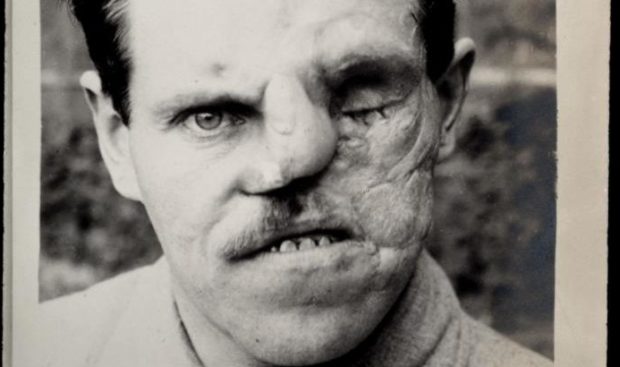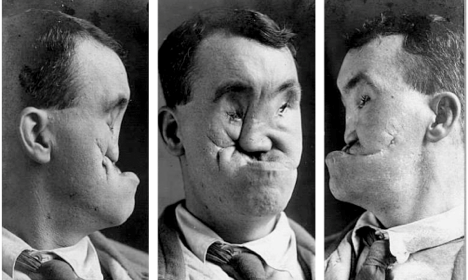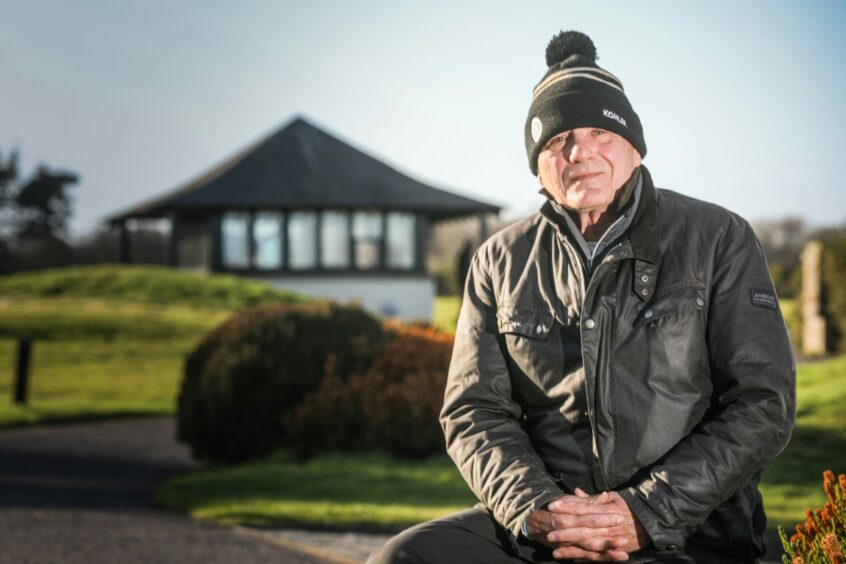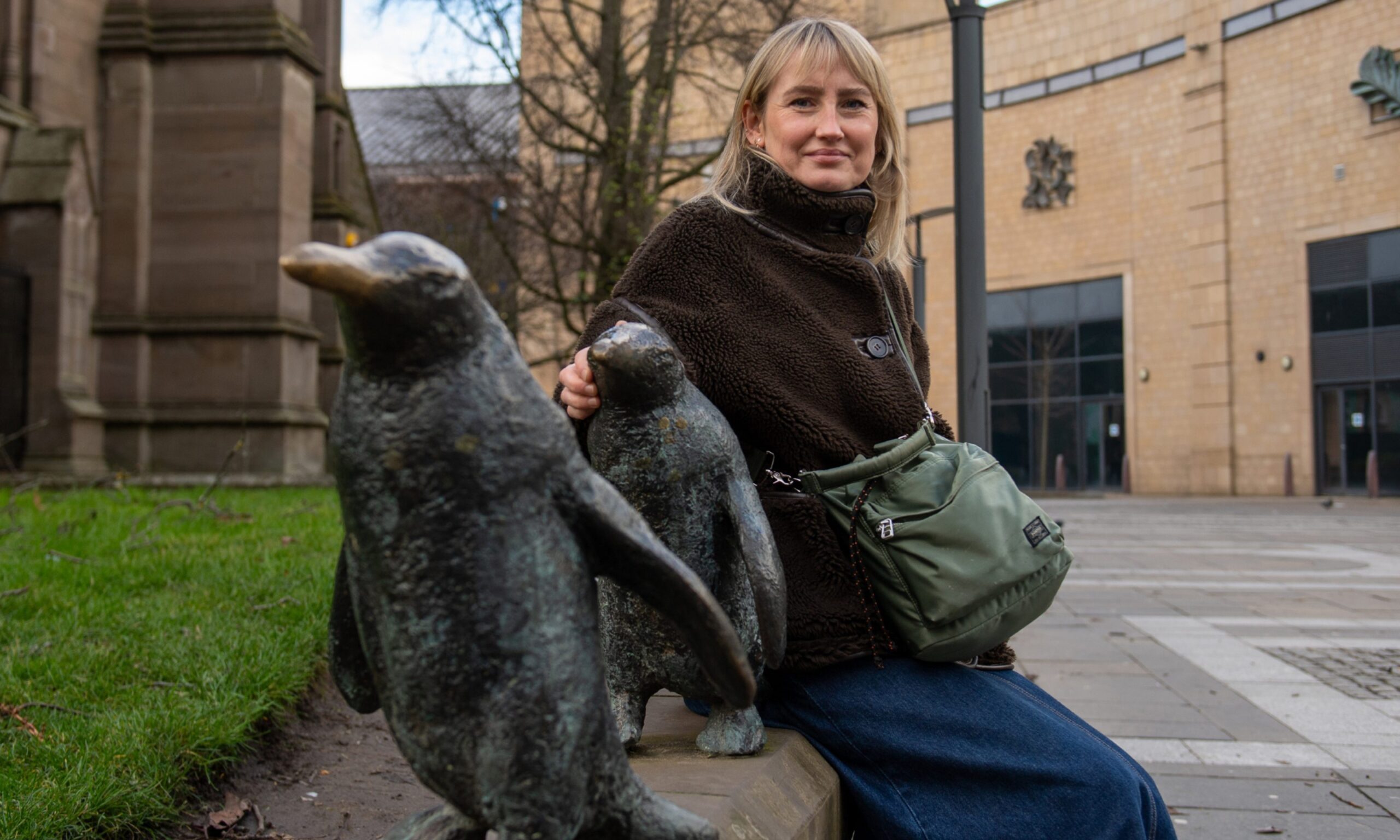During the Great War more than 60,000 British soldiers had their faces mutilated by machine gun fire and exploding shells in the world’s first truly mechanised warfare.
Being left so horribly disfigured meant that after surviving the horrors of war they now faced the most difficult journey of all – the journey home to their loved ones.
Frances Derwent Wood, born in the Lake District in 1871, had trained as an artist and sculptor.
He enlisted at the age of 44 – too old to be sent to the battlefields – and became a private in the Royal Army Medical Corps based at a hospital in London.
It was there that he realised that his artistic skills might be used to create new ‘faces’ for those most disfigured by war.
Using photographs of the men in their prime, he created and painted thin, lightweight masks that gave them back their identity at a time when surgery was rudimentary and could never have restored them to their former selves and allowed them to return to their loved ones with some measure of dignity.
By 1917 his activities had been reported on in The Lancet.
And so the Masks for Facial Disfigurement Department – quickly dubbed The Tin Nose (or Noses) Shop – was created. It inspired similar work in Paris.
Inspiration for new novel
The Tin Nose Shop, a new novel by award-winning American author and screenwriter Don Snyder, is set in Northern Ireland at a time when the British government was just beginning to explore this idea and to test its viability.
It is an imagined world but the techniques used – and the injuries suffered and treated – are representative of what transpired soon after at the hospital in London.
Twenty-four years this August, Don turned on the radio at home in Maine and was shocked to learn there had been a Republican terrorist car bombing in Omagh, Northern Ireland.
Just a year earlier in 1997, he had travelled around Ireland with his wife Colleen and four children.
Having found Omagh to be “the most peaceful place on Earth”, it seemed “impossible” to him that an atrocity causing the death of 29 and injuries to 300 could have happened there.
“I returned there twice to research a novel,” says, Don, who recently founded the Caddie School for Soldiers at St Andrews.
“On the second visit, in 1999, I got talking to a barman in a local pub.
“He pointed out three people who were wearing government-issued masks to conceal their faces which had been mutilated in the blast.
“They had chosen masks rather than undergo many months of plastic surgery.
“The barman casually mentioned that the British government had made similar masks for soldiers whose faces had been destroyed in WW1 and raised this question; did the government make masks so the soldiers could hide behind them?
“Or to prevent the rest of society from witnessing the horrors of war?
“That question and our conversation stayed with me, inspiring me to find out more.
“That is the point of origin for this novel.
“However, I did most of the writing during the four years after I established The Caddie School For Soldiers in Scotland in the winter of 2019 when the soldiers who came there from America, Canada and the UK taught me about the battles they endured in war.
“They also told me about the bonds they formed with their brothers in arms, and the struggles they encountered when they returned home and fought their best to rise above the darkness that haunted them.”
The Tin Nose Shop by Don Snyder was published on July 1.














Conversation